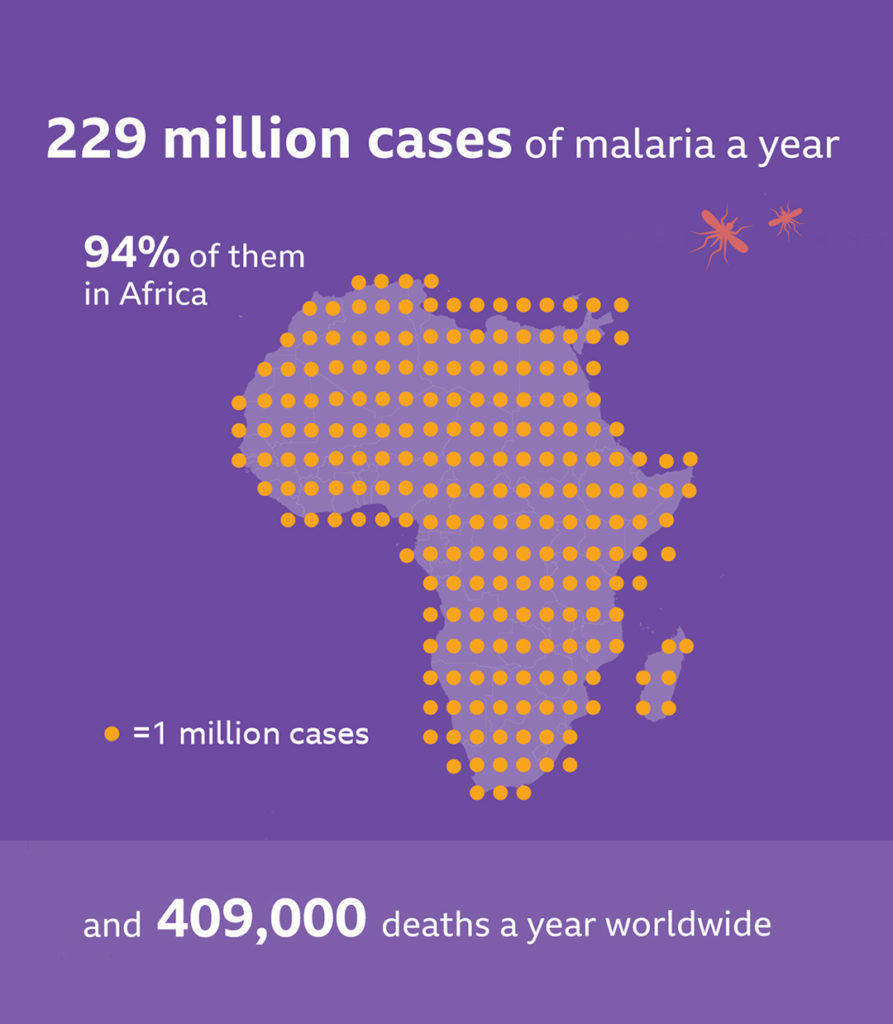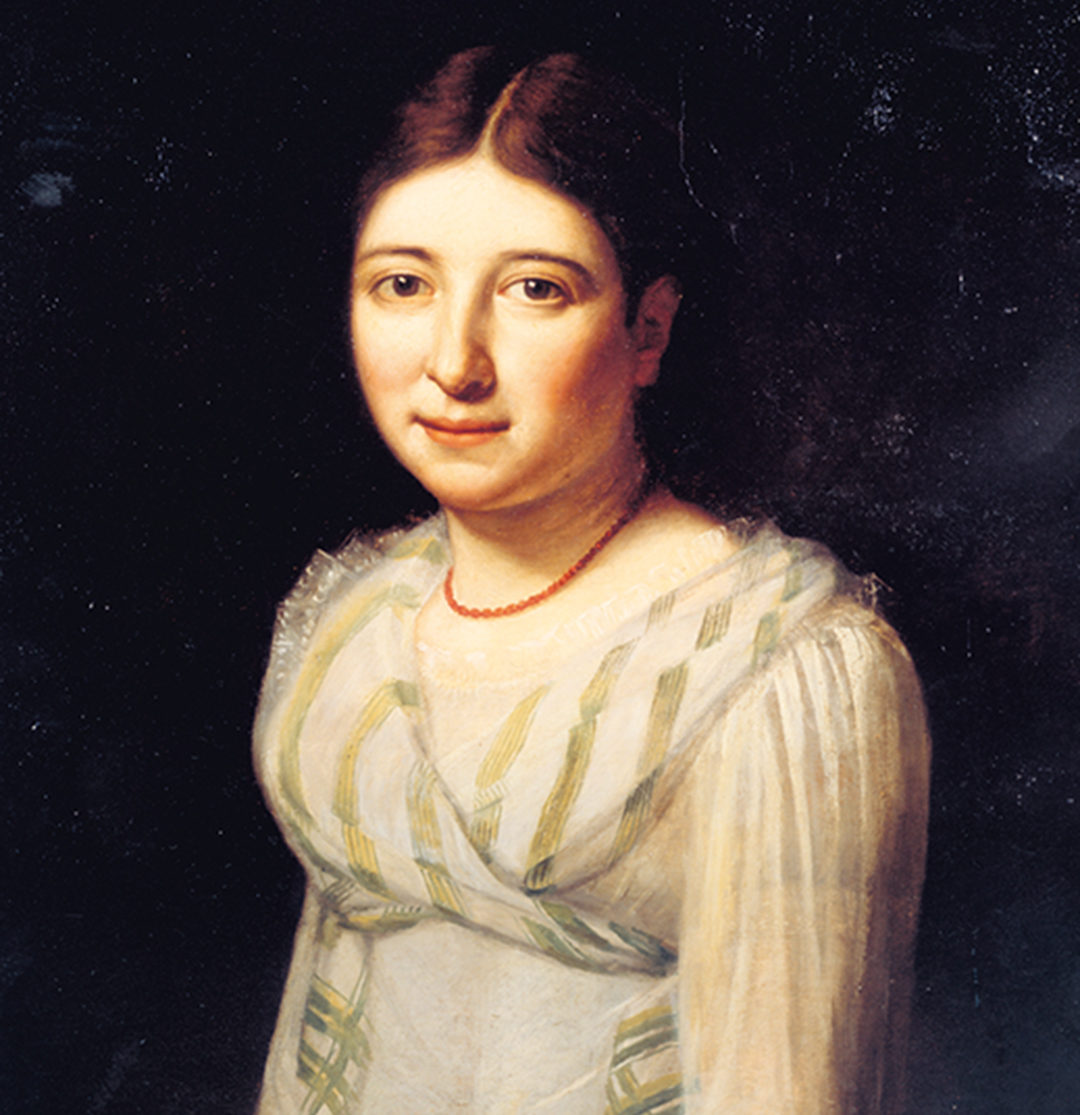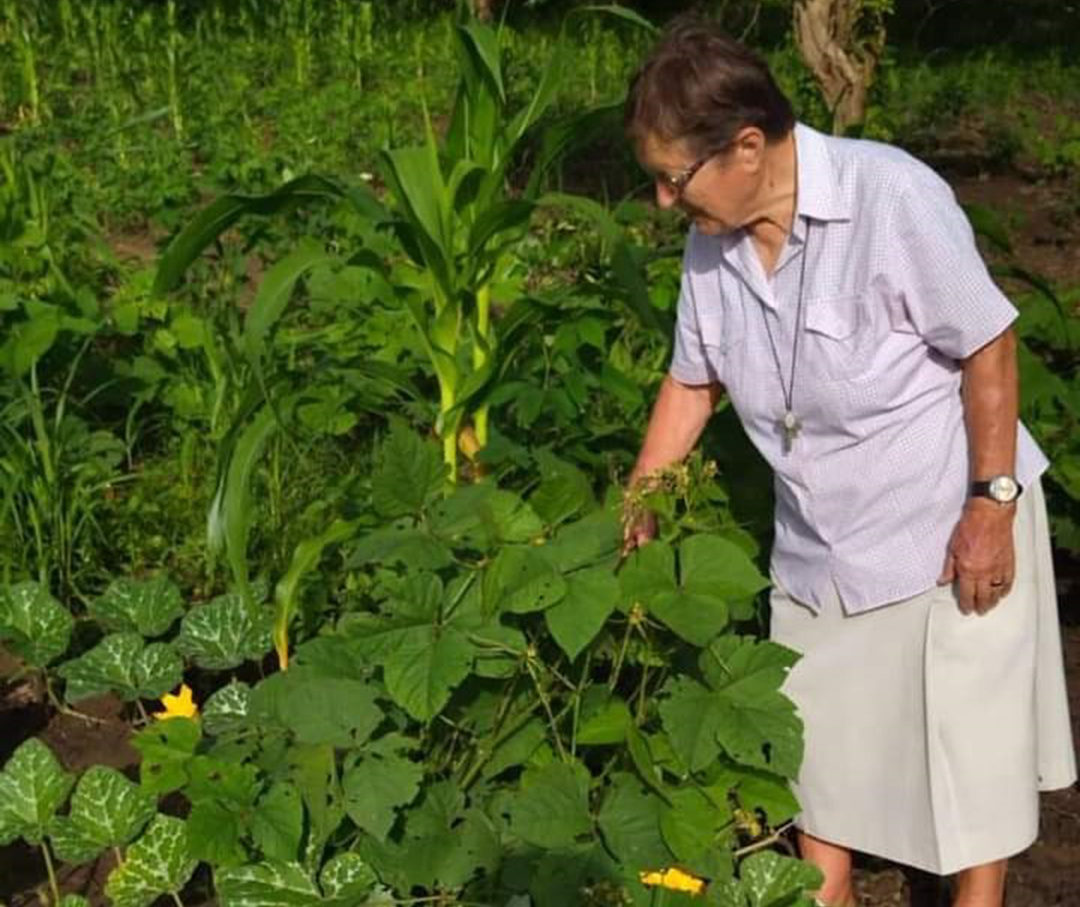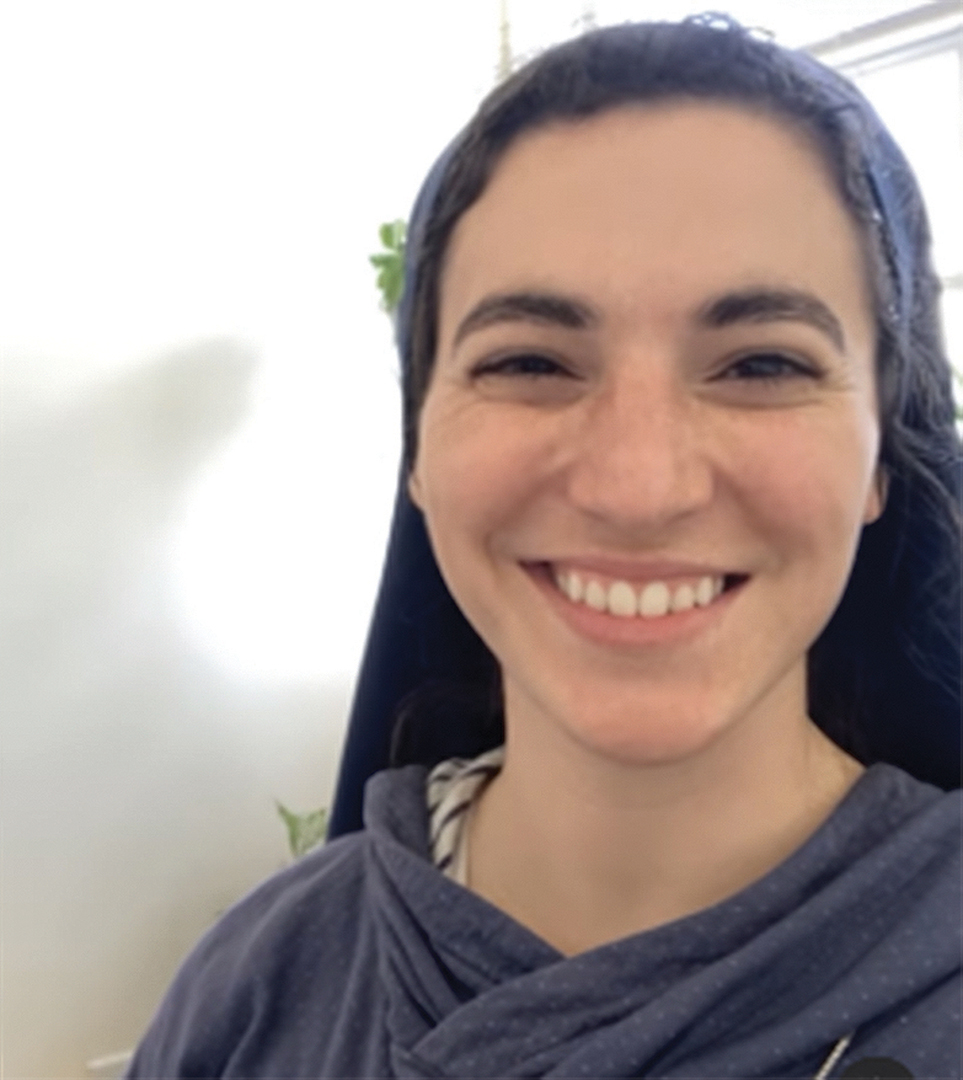RADAR • Stop the war!

New malaria vaccine is ‘world-changing’, say scientists
BY James GallagheR | BBC
THE TEAM at the University of Oxford who developed the malaria vaccine, expects it to be distributed by the end of next year. Trial results, done on 409 children in Nanoro, Burkina Faso and published in the Lancet Infectious Diseases, show that three initial doses followed by a booster a year later gives up to 80% protection against the deadly disease. Scientists say that their vaccine is cheap and they already have a deal to manufacture more than 100 million doses a year. The Serum Institute of India, the world’s largest vaccine manufacturer, is ready for it.
Prof. Hill said the vaccine—called R21—could be made for “a few dollars” a dose and “we really could be looking at a very substantial reduction in the horrendous burden of malaria”. The charity Malaria No More said recent progress meant children dying from malaria could end “in our lifetimes”.
It has taken more than a century to develop effective vaccines, as the malaria parasite, which is spread by mosquitoes, is spectacularly complex and elusive. It is a constantly moving target, shifting forms inside the body, which make it hard to immunise against. This malaria vaccine is the 14th that Prof. Katie Ewer has worked on at Oxford as “this is not like Covid where we have seven vaccines straight away that will work; it’s much, much harder”.
Last year, the World Health Organization gave the historic go-ahead for the first vaccine—developed by pharmaceutical giant GlaxoSmithKline (GSK)—to be used in Africa. Although this and the R21 vaccines share similarities, targeting the first stage of the parasite’s lifecycle and intercepting it before it gets to the liver and establishes a foothold in the body, the Oxford team claims that their approach is more effective and can be manufactured on a far greater scale.
Malaria has been one of the biggest scourges on humanity for millennia and mostly kills babies and infants. The disease still kills more than 400 000 people a year even after dramatic progress has been made using bed nets, insecticides and pharmaceutical drugs.






